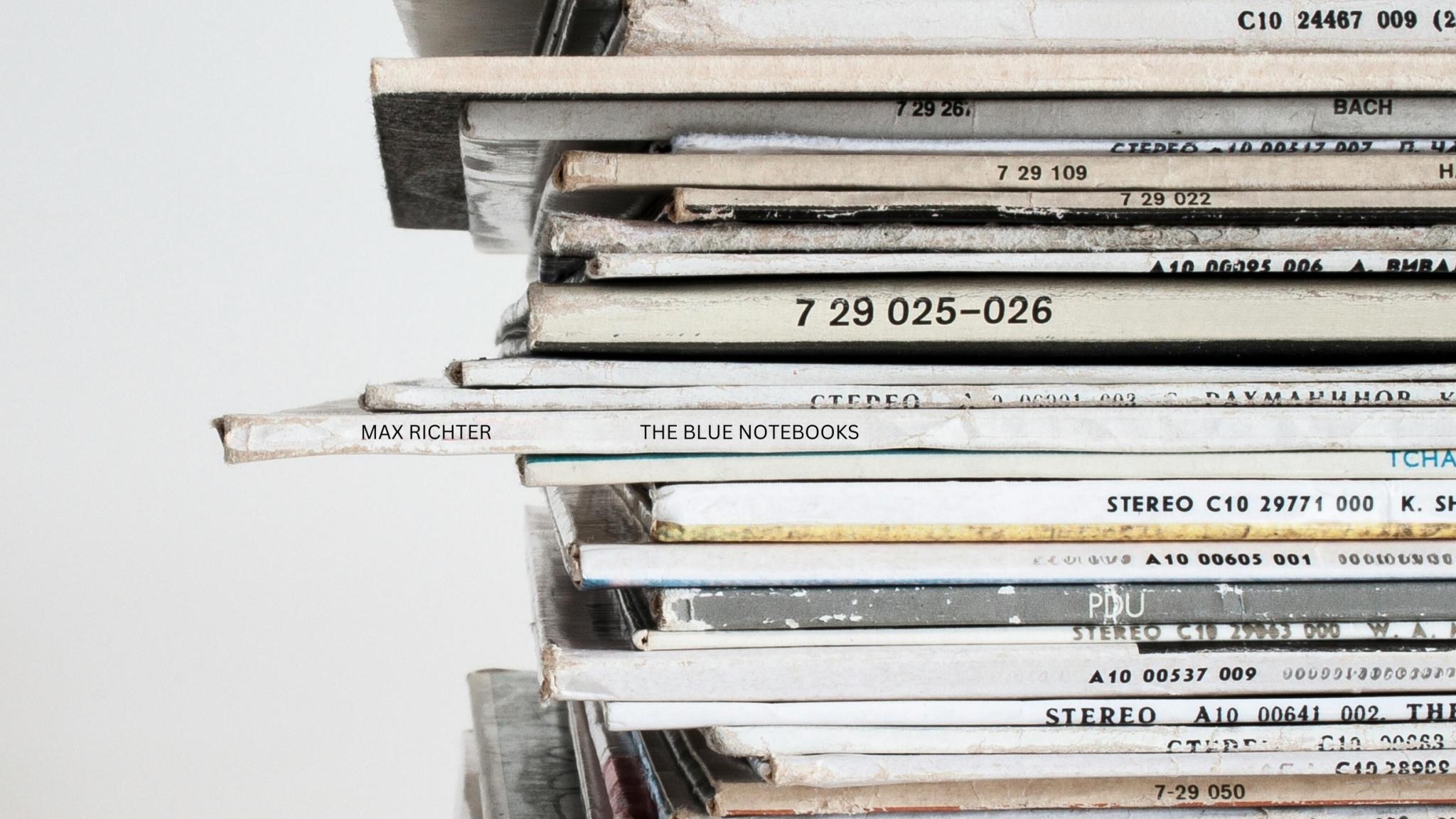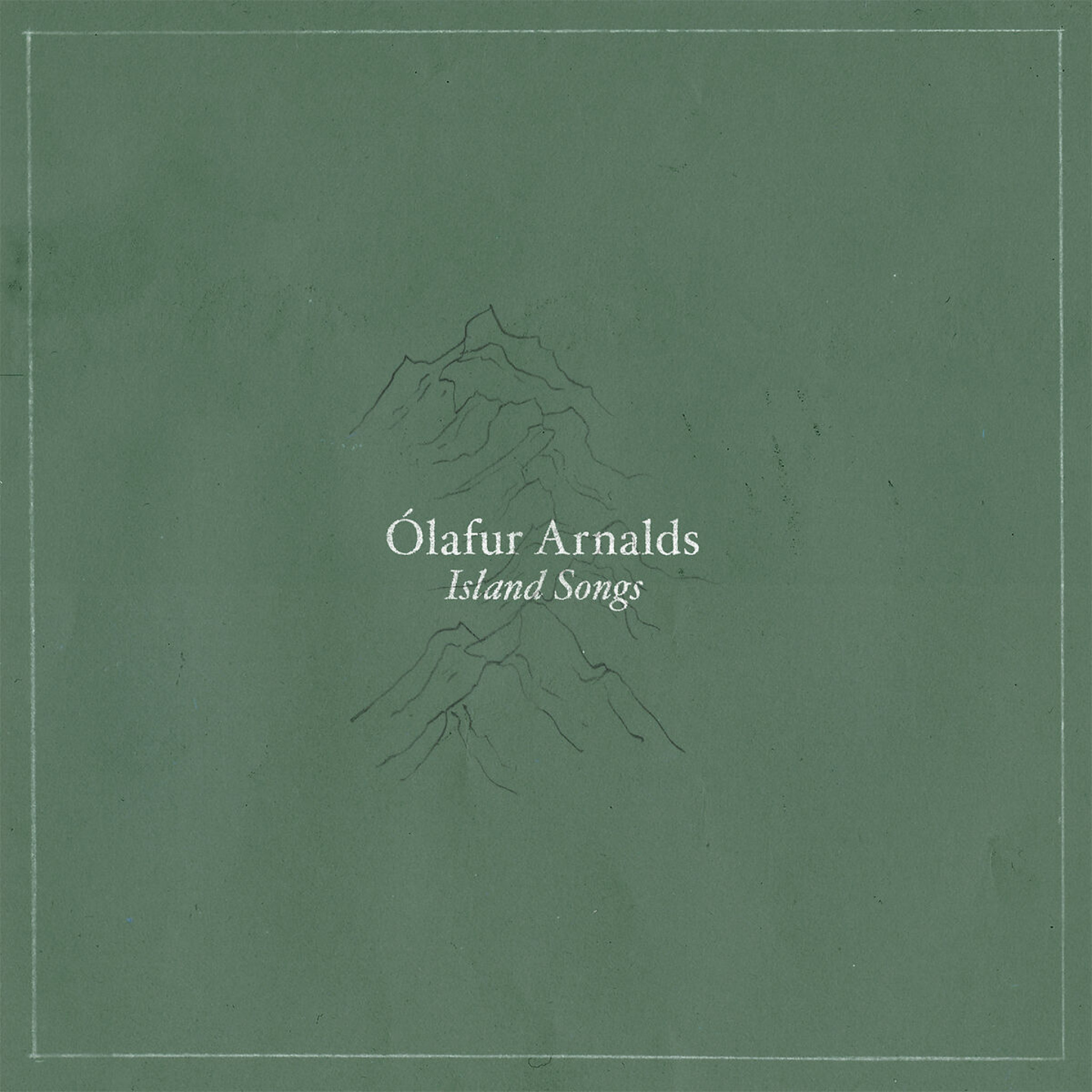When I told a friend I was writing this piece on neoclassical music, they were puzzled at first: "Oh, you mean Stravinsky and Hindemith?" Breathe a sigh of relief, as I’m not aiming to educate you on the 20th century movement that peaked between the World Wars. No, I’m talking about the contemporary scene of artist-composers moving effortlessly between classical, ambient and electronic music. Or should we rather resort to calling them post-classical?
The neoclassical label has almost degraded to an insult. The hype trains have long gone elsewhere, and music snobs have started dismissing the genre as easy listening for the TikTok age. But the leading neoclassical (or, for that matter, post-classical) composers have created relevant bodies of work that are here to stay. If you’re looking to dive deeper into some of the "classics" of the genre, here’s a list of seven hugely influential albums to get your digging started.
Listen to the article's playlist as you read:
Ludovico Einaudi: »Una mattina« (2004)
Italian pianist and composer Ludovico Einaudi is sometimes dubbed the godfather of today’s neoclassical movement. And while his works typically don’t feature any of the distinctive elements of that genre – say synth overdubs or audible ambience noise –, his inclusion here makes sense because of the far-reaching influence Einaudi had on many of the scene’s most important protagonists.
Una mattina is one of Einaudi’s wildly successful masterpieces. Any of his original albums could have landed here, but this one rings special: When the composer switched his focus from the past to the present, he started reflecting his immediate surroundings through his compositions. That focus on the now reflects in the simple beauty of these elegant piano vignettes, clearly influenced by Erik Satie’s patented minimalism, and shaped a whole generation of pianist-composers to come.
Max Richter: »The Blue Notebooks« (2004/2018)
One of the luminaries of contemporary classical, German-British composer Max Richter’s wide-ranging influence clearly overshadows any genre label you could put on his works. The Blue Notebooks is one of his particularly visionary early pieces, featuring the typically close-mic’d upright piano sound. 15 years after its original release, an expanded version was released, honouring its genre-shaping effect. It hasn’t lost any of its magic.
The Blue Notebooks consists of two basic types of compositions: Short, melodic piano tunes, just under two minutes long and precursing the ideal "mood playlist" pitch, and longer, dynamic string suites. In between these pieces, actress Tilda Swinton reads literary and philosophical aphorisms from Franz Kafka’s Blue Octavo Notebooks (1917–19), which inspired Richter while writing this protest album as a reaction to the 2003 invasion of Iraq. Richter went on to celebrate many enormous success stories, but this is where the whole craze started.
Jóhann Jóhannson: »Orphée« (2016)
His last studio album before his untimely death in 2018, Orphée remains one of Icelandic composer Jóhann Jóhannsson’s definite statements. Starting out in rock bands in Reykjavik’s indie scene, he became one of the most important figures for the post-classical movement, fusing elements of minimalism, electronic music, and traditional symphony, constantly breaking down barriers between serious and popular music. Instead of this single album, his whole discography should be included here, but it’s hard to keep track of all the various soundtrack and studio works he created during his lifetime.
The versatile Orphée contains close-mic’d piano pieces, symphonic works, experimental treatments, and even choral vocal tunes. Having released his formative solo works in the 2000s and dedicating most of the 2010s to soundtracks and commissioned pieces, Orphée feels like a good starting point to retroactively discover Jóhannsson’s exciting oeuvre, which will most likely be studied by generations to come.
Ólafur Arnalds: »Island Songs« (2016)
In the late 2000s and early 2010s, a scene of younger musicians and composers emerged, influenced by the works of Einaudi, Richter and Jóhannsson, but including even more cues from electronic music and post-rock. Jóhannsson’s fellow Icelandic musician Ólafur Arnalds actually started out playing in hardcore bands, released gorgeous bedroom recordings on influential independent label Erased Tapes, collaborated with neoclassical posterboy Nils Frahm (on Trance Frendz) and producer Janus Rasmussen (on ambient techno project Kiasmos), constantly expanding his musical vision.
A concept album about seven different places in Iceland, the music on Island Songs mirrors the wild, primordial landscape of Arnalds’ home country. He’s pushing the boundaries of his compositional method here; for each of his albums, he applied new ideas and concepts to make sure not to repeat himself, starting with minimalist piano recordings, moving into more epic, dynamic works bearing audible traces of his post-rock background; Island Songs is testament to that philosophy and remains one of his most appreciated albums.
Hildur Guðnadóttir: »Without Sinking« (2009)
As their cinematic sounds often describe emotional landscapes, it doesn’t come as a surprise that many neoclassical artists were drawn into the film world. After releasing her fourth album Saman in 2014, Icelandic composer Hildur Guðnadóttir has pivoted to writing soundtracks as well, celebrating huge successes with the movie Joker, the award-winning HBO series Chernobyl and recently her exceptional score for the 2022 movie Tár, starring Cate Blanchett. This is the perfect moment to rediscover her earlier works.
A classically trained cellist from a family of musicians, Guðnadóttir has collaborated with the late Jóhann Jóhannsson on her second album Without Sinking. It was recorded in Berlin and inspired by the long hours she spent above the clouds on flights in the previous couple of years. If neoclassical music is sometimes viewed as unassuming playlist fodder, there’s absolutely no sane reason to lump in Guðnadóttir’s dense, moving music.
Joep Beving: »Prehension« (2017)
Dutch composer and pianist Joep Beving actually started his career creating music for commercials and film soundtracks before releasing his first solo album Solipsism in 2015. Two years later, he presented his sophomore record Prehension, an exploration of piano-based neoclassical music with a rare pop sensibility. This album shows Beving’s gift of writing extremely accessible melodies and weaving them into minimalist, simple tunes with a high emotional density.
Prehension is a masterclass in contemporary solo piano. The album has been recorded in that close-mic’d style that lets the listener hear some of the background noise of the instrument, like the movement of the piano hammers, or the players’ fingers gently sliding across its keys. This recording technique, which has also been utilised by many other artists of the genre, remains a distinctive feature of post-classical music – as it exposes a certain vulnerability, conveys authenticity, and increases the performance’s intimacy.
Hania Rani: »Esja« (2019)
Her Piano Day performance at historic Polish radio studio S2 generated five and a half million video views; a recording of her concert from the royal courtyard of the Invalides in Paris got over three million. In a rather sophisticated field like neo- or post-classical music, these numbers indicate a certain crossover quality. Her compositions’ main features are their gorgeous, circling melodies and an enormous emotional depth; the music doesn’t impose itself on the listener, but it doesn’t just fade into the background.
Classically trained, the Polish pianist’s influences range from Débussy to Miles Davis, Radiohead to Portico Quartet, Nils Frahm to Esbjörn Svensson. She’s released a few more albums and soundtracks since her outstanding debut Esja, for example her critically acclaimed collaboration with cellist Dobrawa Czocher, Inner Symphonies, on Deutsche Grammophon. Still, Esja remains a special entry in her discography – written and recorded party in Iceland, and partly in Warsaw, this album introduced a remarkable talent to the world.
by Stephan Kunze



